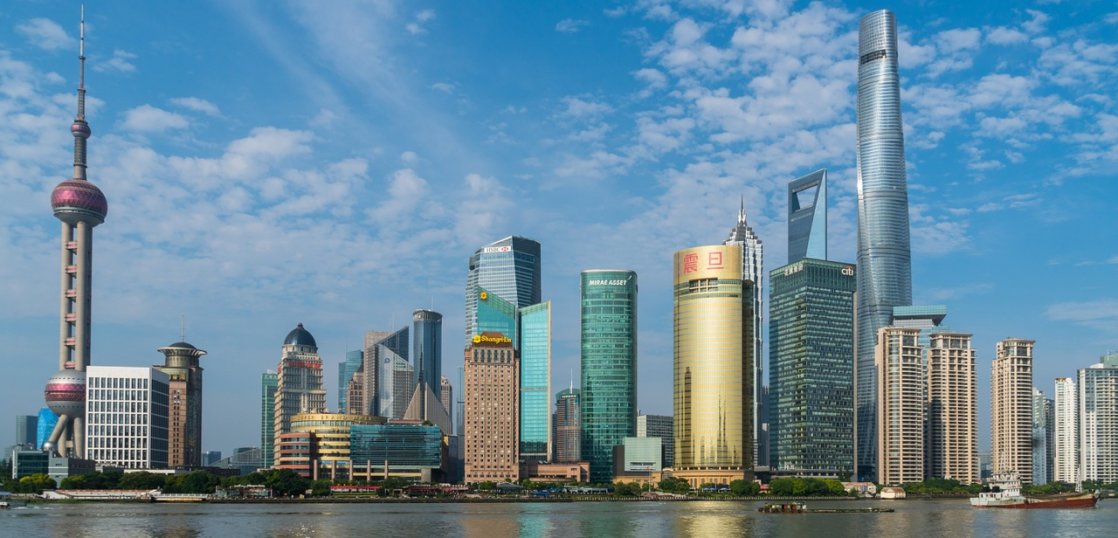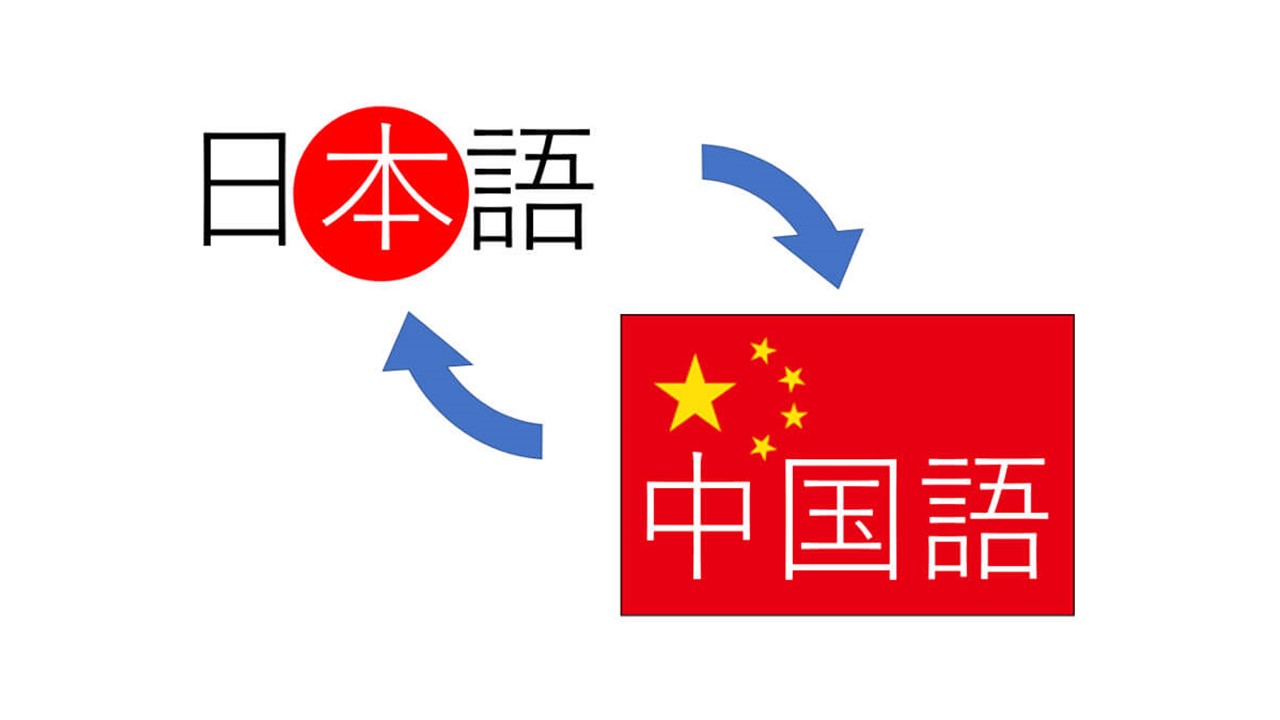Overview of Shanghai
Shanghai, like Beijing, Tianjin, and Chongqing, is not part of a province, but is directly administered by the central government.
It is the birthplace of the Chinese Communist Party and the center of commerce, finance, industry, and transportation in China.
Shanghai is what we used to call it."沪(hù)" or "ninth sign of Chinese zodiac (The Monkey, 5pm-7pm, west, August)(The Chinese character 沪 (hù) is still used on car license plates, and most of the cars in Shanghai have 沪 (hù) license plates. The character 沪 (hù) is still used on car license plates, and most cars in Shanghai have 沪 (hù) license plates.
During the Spring and Autumn and Warring States Period, Shanghai is said to have been ruled by chūn shēn jūn (314 B.C.-238 A.D., also known as Huang Xie), a politician from the Chuxi Kingdom. It is said that the name "Shēn" was taken from his name.
Origin of the Hu(hù)
During the Jin Dynasty around the 4th to 5th century AD, the area around Shanghai was dotted with fishing villages, which were called "扈 (hù)", meaning "woven bamboo fishing gear". At some point, a radical (sanzui) was added to this character and it became the current 滬 (simplified Chinese: 沪).
Shanghai is located at the mouth of the Yangtze River and serves as the gateway to the Yangtze River Economic Belt.
Its latitude is 31.23 degrees, about the same as Japan's Kagoshima Prefecture (31.33 degrees) The climate classification of Köppen is warm and humid (Cfa). According to the Köppen climate classification, it belongs to the warm and humid climate (Cfa).
Shanghai has a total area of 6,450.5 square kilometers, about three times the size of Tokyo, and about the same size as Tochigi, Gunma, and Oita Prefectures.

Shanghai Population
According to the Shanghai Bureau of Statistics, at the end of 2017, the number of people who had moved to Shanghai from outside the city was 9.772.69 million, down 7.52 million from the end of the previous year. The number of people who moved from outside Shanghai was 972.69 million at the end of 2017, a decrease of 7.52 million from the end of the previous year. On the other hand, the number of people with Shanghai household registration was 1,445.655 thousand, an increase of 6.155 thousand compared to last year. On the other hand, the number of people registered in Shanghai was 1,445.655 thousand, an increase of 6.015 million over the previous year.
Add the above two numbers together.Shanghai's permanent population is 2,418.33 million.The population of Shanghai is expected to reach 25 million by 2035. Shanghai's population adjustment target for 2035 is 25 million.
In 2017, there were 197,000 births and the birth rate was 8.6%. The birth rate was 8.1%. Meanwhile, the number of deaths was 129,000, for a mortality rate of 5.3% and a natural increase of 2.8%.
*Fertility rate (per 1,000 population)=Number of births per year/Average annual population x 1,000
*Mortality rate (per 1,000 population)=Number of deaths per year/Average annual population x 1,000



